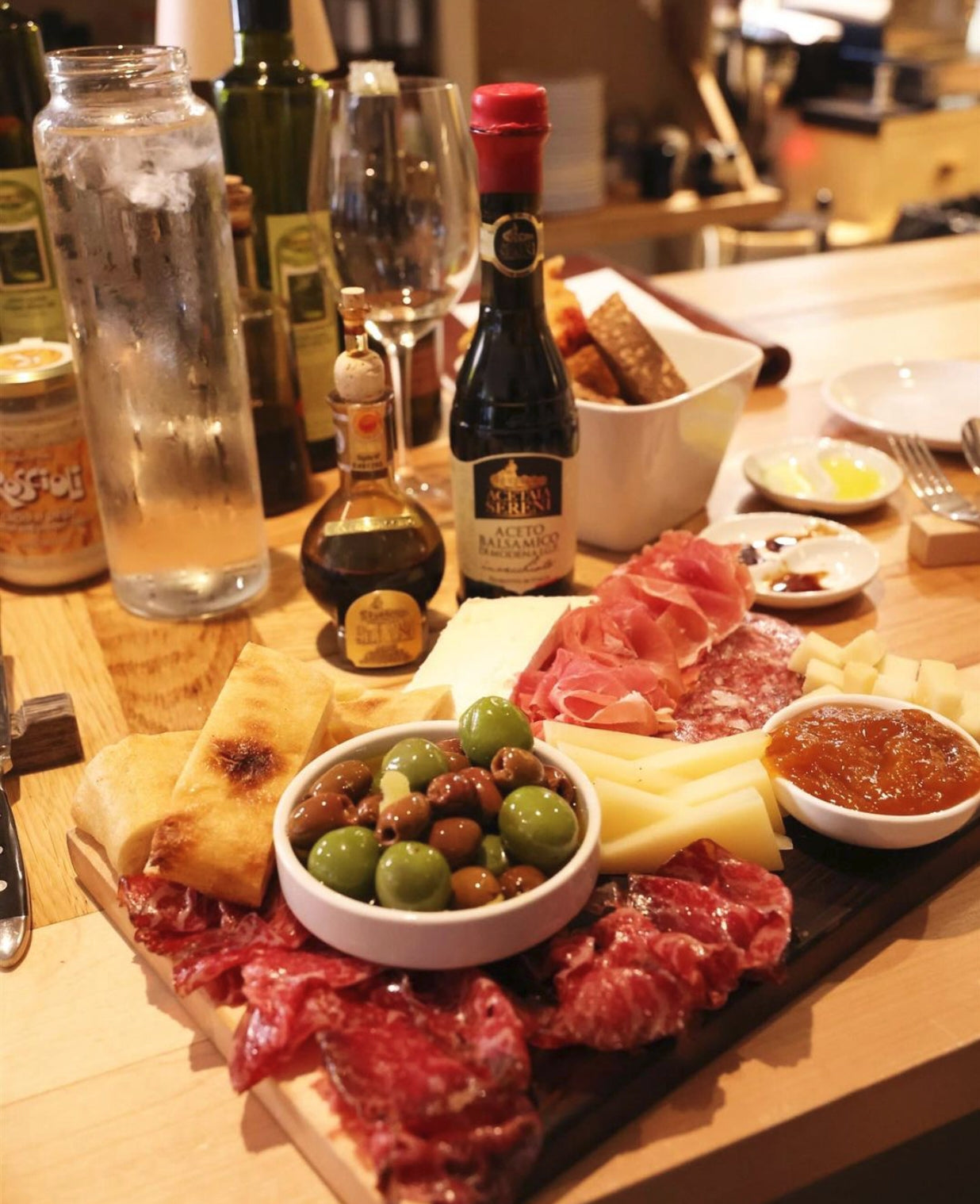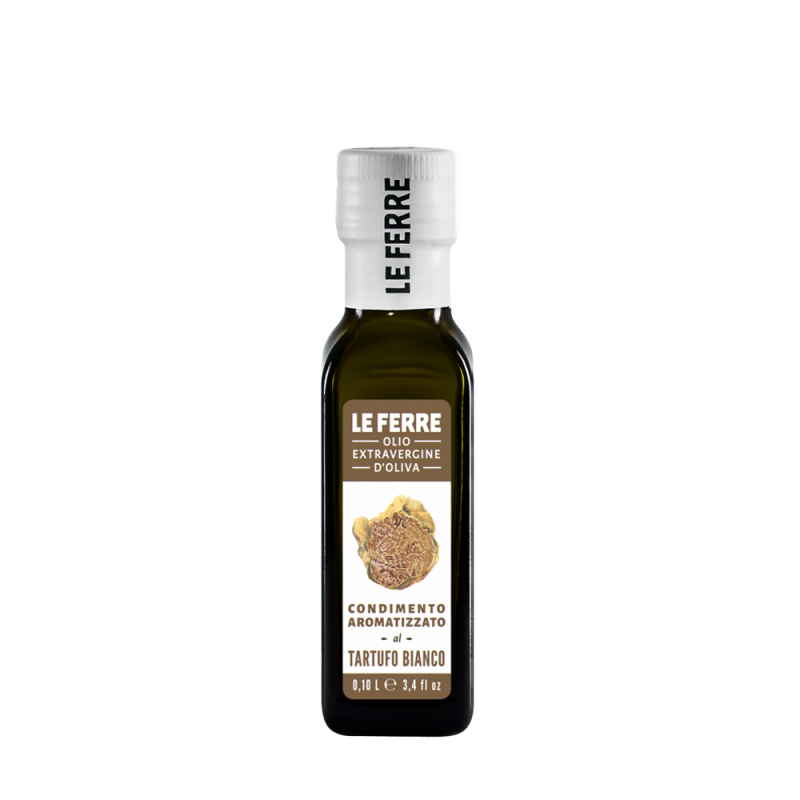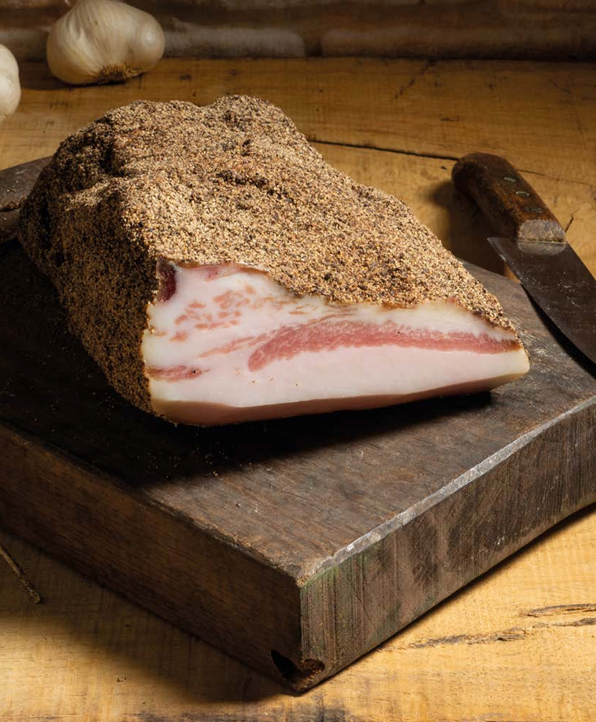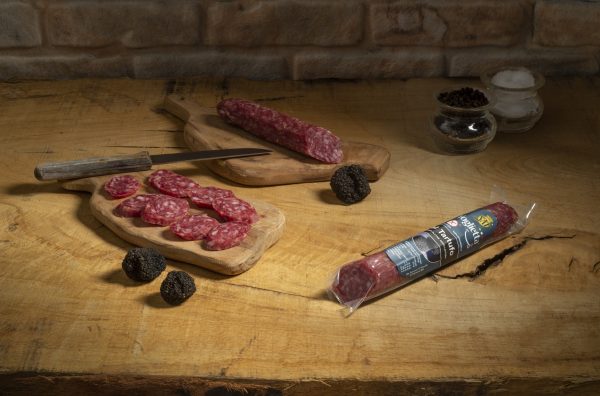Risotto alla milanese is one of the most important dishes in Italian cuisine, a dish that encapsulates the refinement and simplicity of the Lombard culinary tradition . This risotto, golden and aromatic, is closely linked to the history of Milan, a city where I have lived for many years, which for centuries has managed to unite luxury and pragmatism, just like this dish. Legend has it that saffron, the key ingredient, was introduced by chance by a Flemish glassblower in the 16th century during the construction of the Milan Cathedral. He wanted to give a golden touch to his work and mixed it into the risotto as a joke, creating a culinary tradition that lives on to this day.
Risotto alla milanese is often served with ossobuco, another classic of Lombard cuisine. Not only do they pair perfectly in taste, but they are sometimes served together, creating an irresistible combination between the creamy texture of the risotto and the meat.
Now let me guide you through the preparation of this treat.
Ingredients (for 4 people):
- 320 g Carnaroli or Vialone Nano rice (the ideal rice for a creamy risotto)
- 1 liter of meat broth (preferably beef)
- 1 packet saffron (preferably in pistils, but saffron in packets is also fine; although some purists may not appreciate it, the result will still be excellent)
- 1 small garlic clove
- 80g butter
- 60 g beef marrow (optional, but traditionally used)
- 1/2 glass of dry white wine
- 120 g Parmigiano Reggiano (I recommend a 24-month aging, perfect for not overpowering the delicate flavor of saffron)
- Salt to taste
Procedure:
-
Prepare the broth : The secret to a good risotto also lies in the quality of the broth. Traditionally, a meat broth (beef or veal) is used, but if you have less time, you can use a quality store-bought broth. Keep the broth warm while preparing the risotto.
-
Prepare the saffron : If you are using saffron in pistils, dissolve it in a little hot broth about 20 minutes before you start. This allows the saffron to release its aroma and color.
-
Sauté : In a saucepan, melt 40g butter with the beef marrow (if using). Add the finely chopped onion and simmer over low heat. The onion should become translucent without browning.
-
Roasting the rice : Once the onion is ready, add the rice. Roast it over medium heat, stirring constantly. Roasting is an important process that ensures the rice is sealed and maintains the right consistency during cooking.
-
Burn with wine : After about 2-3 minutes, add the white wine. Let the alcohol evaporate while continuing to stir.
-
Preparing the risotto : Start adding the hot stock, a ladle at a time, stirring regularly. Each time the stock is absorbed, add another ladle. The risotto should cook for about 18-20 minutes.
-
Add saffron : Halfway through cooking (after about 10 minutes), add the saffron dissolved in the broth. Stir well to distribute the color and aroma throughout the risotto.
-
Creaming : When the rice is al dente, turn off the heat and add the remaining butter and Parmesan cheese. Stir vigorously to achieve the classic creamy consistency of the risotto. I recommend using Parmesan aged for 24 months, which goes perfectly with the dish without overpowering the delicate flavor of saffron. Let the risotto rest for a minute, covered, before serving.
Serving:
Risotto alla milanese should be served "in waves", that is, creamy and slightly liquid. As mentioned, it is often served with a tender osso buco, which makes the dish a complete and incredibly delicious meal. An extra sprinkle of parmesan never hurts, but avoid overdoing it so that the delicate flavor of the saffron is not overpowered.
Wine selection:
To accompany this dish, I would recommend a red wine that is not too heavy, so as not to overwhelm the delicate flavors of the risotto. A perfect choice would be a Bonarda from Oltrepò Pavese or a Valtellina Superiore , both Lombard wines with great personality but not too overwhelming. If you prefer a white wine, a Chardonnay could be another good option.
Risotto alla milanese is a celebration of Milanese culture and history, a recipe that combines richness of flavor with technical precision. Simple yet sophisticated, this dish is a symbol of elegance that every food lover should experience at least once in their lifetime.
Buon appetito!
















